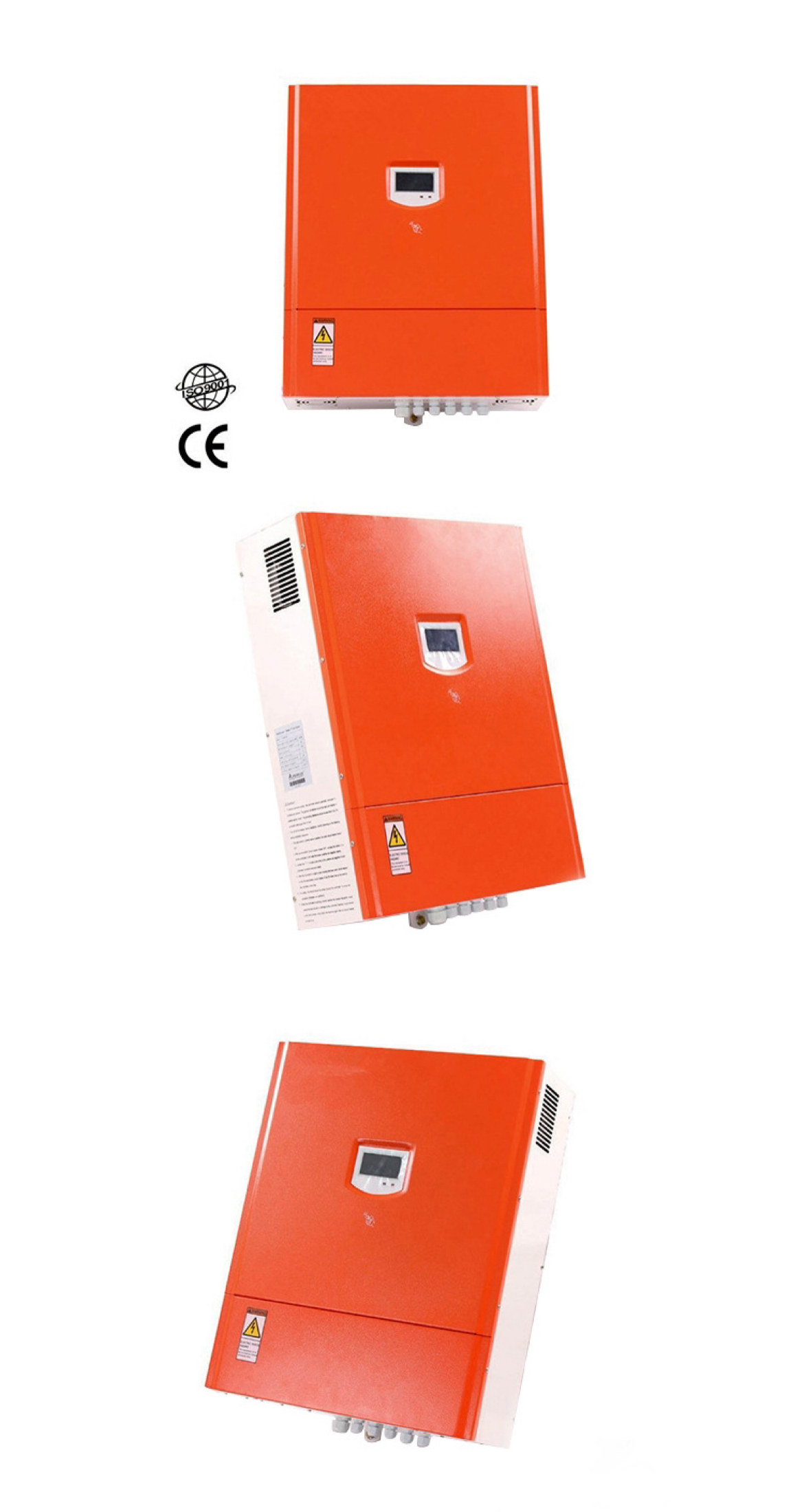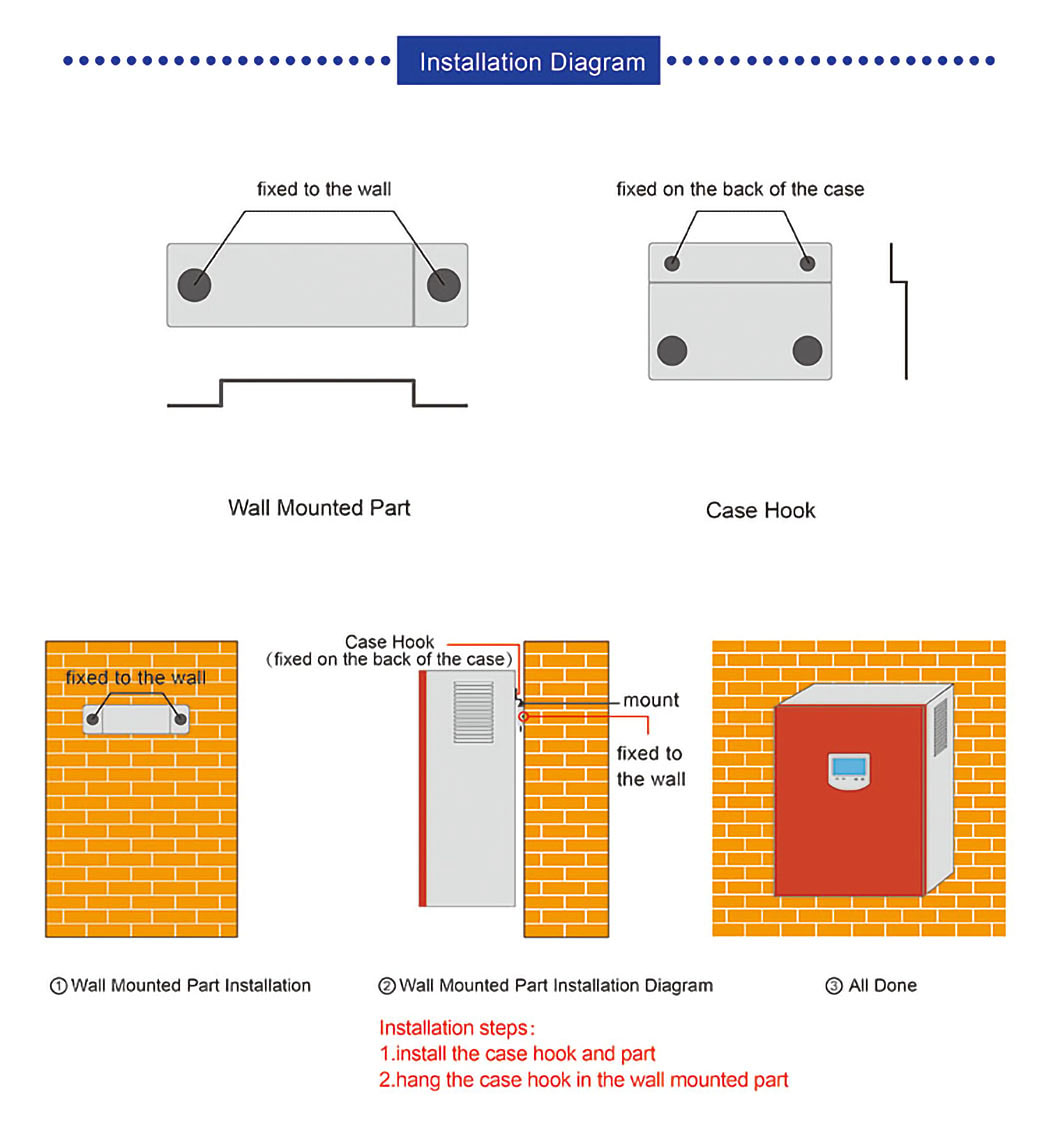
Precautions For Installing The Solar Charge Controller
2023-09-05 17:00The Solar Charging Controller With Super Performance And Easy Operating
◆ This product is manufactured according Chinese standard GB/T19064-2003 or according the customer’s request.
◆ Adopt multistep sequential limiting current charge method, auto control multiple solar array connection or shut off
orderly according to the battery group voltage change tendency.
◆ Adopt multiple-circuit charging-control circuit and individual killer switch on each circuit.
◆ With auto protection function of over charge, electronic short circuit, anti-reverse protection. Prevent the battery
group reverse charging to the solar panel array at night.
◆ Big LCD screen shows the working status of solar panels, battery and controller. ( the voltage, current, power of solar
energy panel and battery)
◆ Power switch driving circuit is completely isolated from sampling circuit. The control signals is transmitted by opto
isolation, with super-high disturbance rejection and stability.
◆ There are lightning protection device inside the controller. Limit instantaneous overvoltage which entered into solar
panels under a level which the system can withstand; or unload the strong lightning current to the ground. To protect
he equipment from lightning surge.
◆ Adopts the industrial-grade chips for all control, which can work under the cold, hot, humid conditions.
◆ Temperature compensation function. Compensate the temperature according different battery type.
◆ Fixable communication solution with RS-232,RS-485,USB,GPRS,Etherner,etc.

Installation Method
1. Purchase a solar charging controller that matches the system requirements before installation.
2. Choose the right installation location, avoid installing it in a place that is wet, hot or exposed to direct sunlight, and consider reliable heat dissipation and good ventilation.
3. Perform the correct wiring operation according to the installation instructions or the electrical drawings provided by the manufacturer to ensure that there is no short circuit or poor contact.
4. Depending on the battery type and system requirements, set the parameters correctly to protect the battery and optimize charging efficiency.
5. Ensure that the grounding connection of the solar charging controller is reliable and meets the national or regional safety standards.
6. Regular maintenance and monitoring are required after installation.


By following the above precautions, you can increase the reliability and stability of the system and improve efficiency when installing a solar charge controller. If you encounter any problems during the installation process, it is recommended to consult a professional technician for help.
